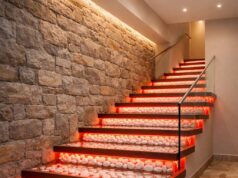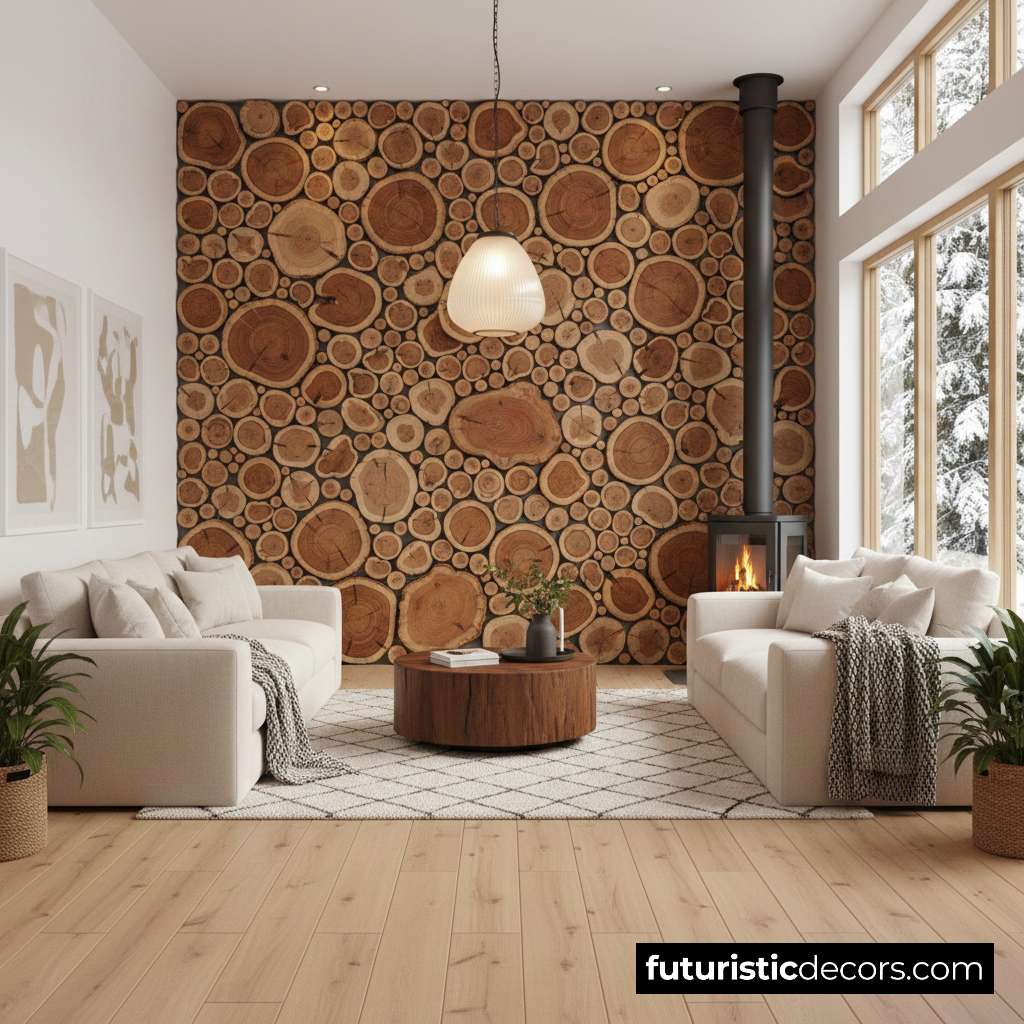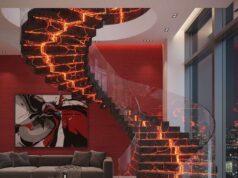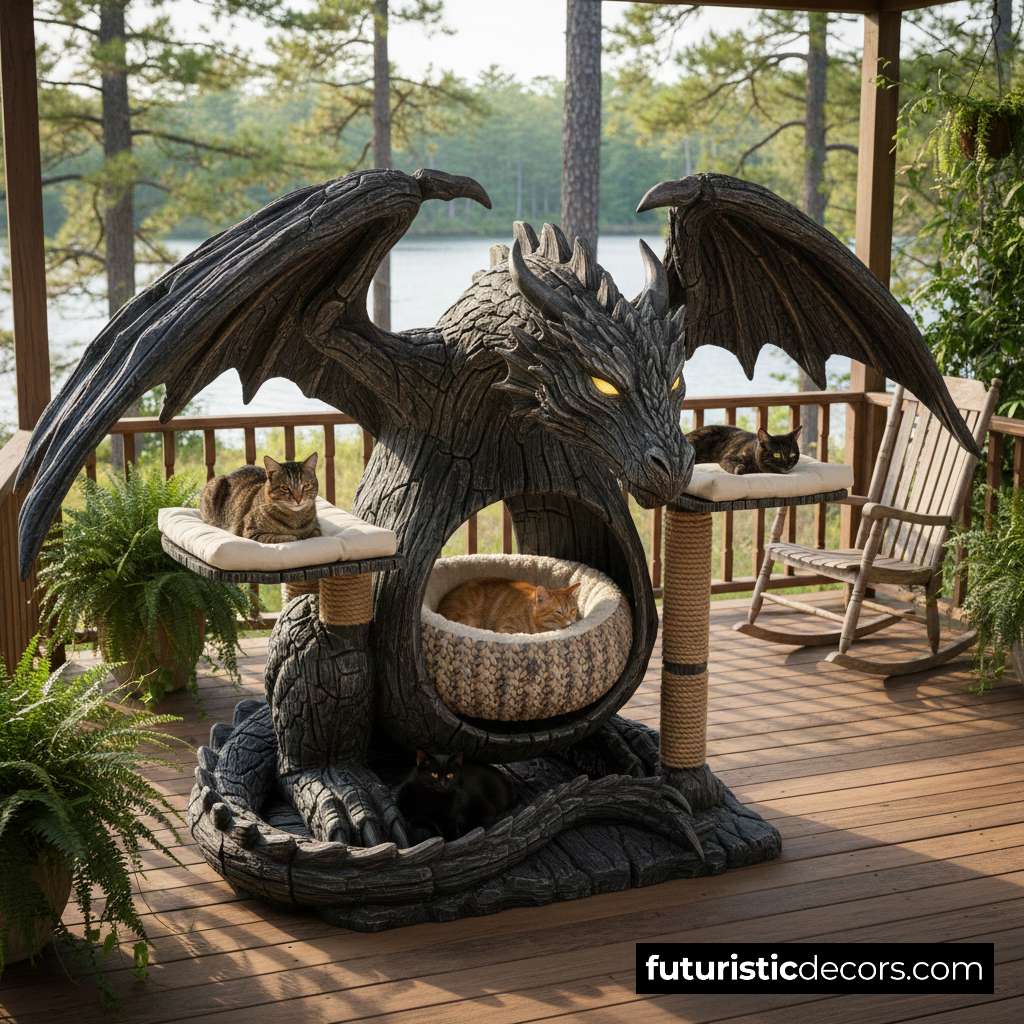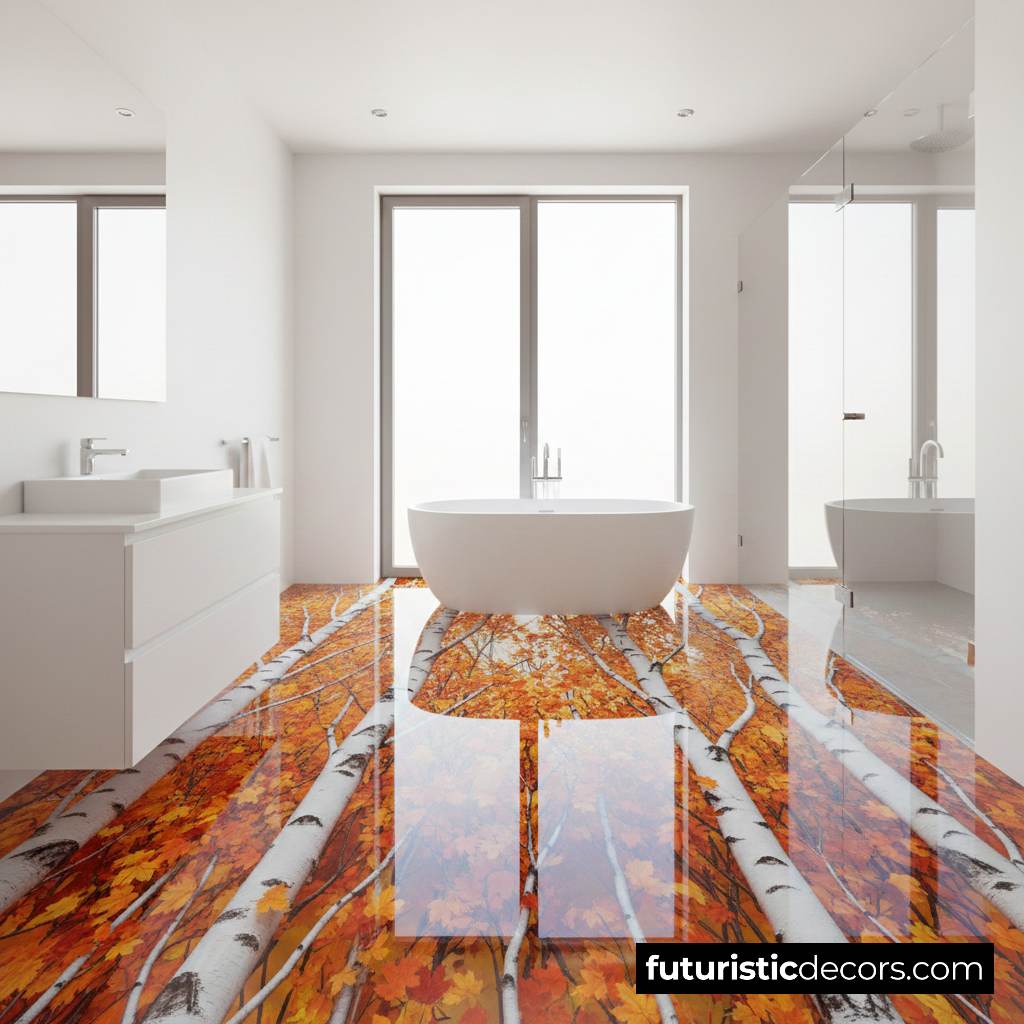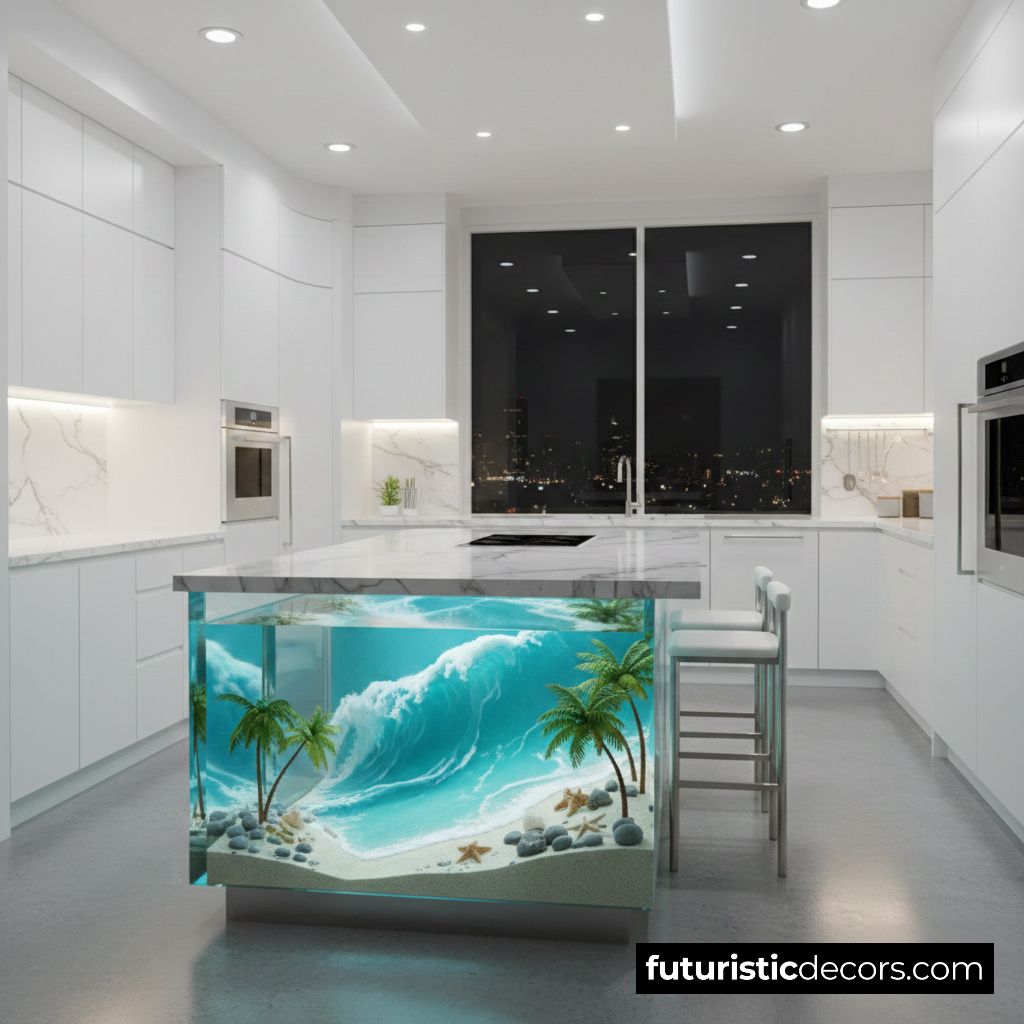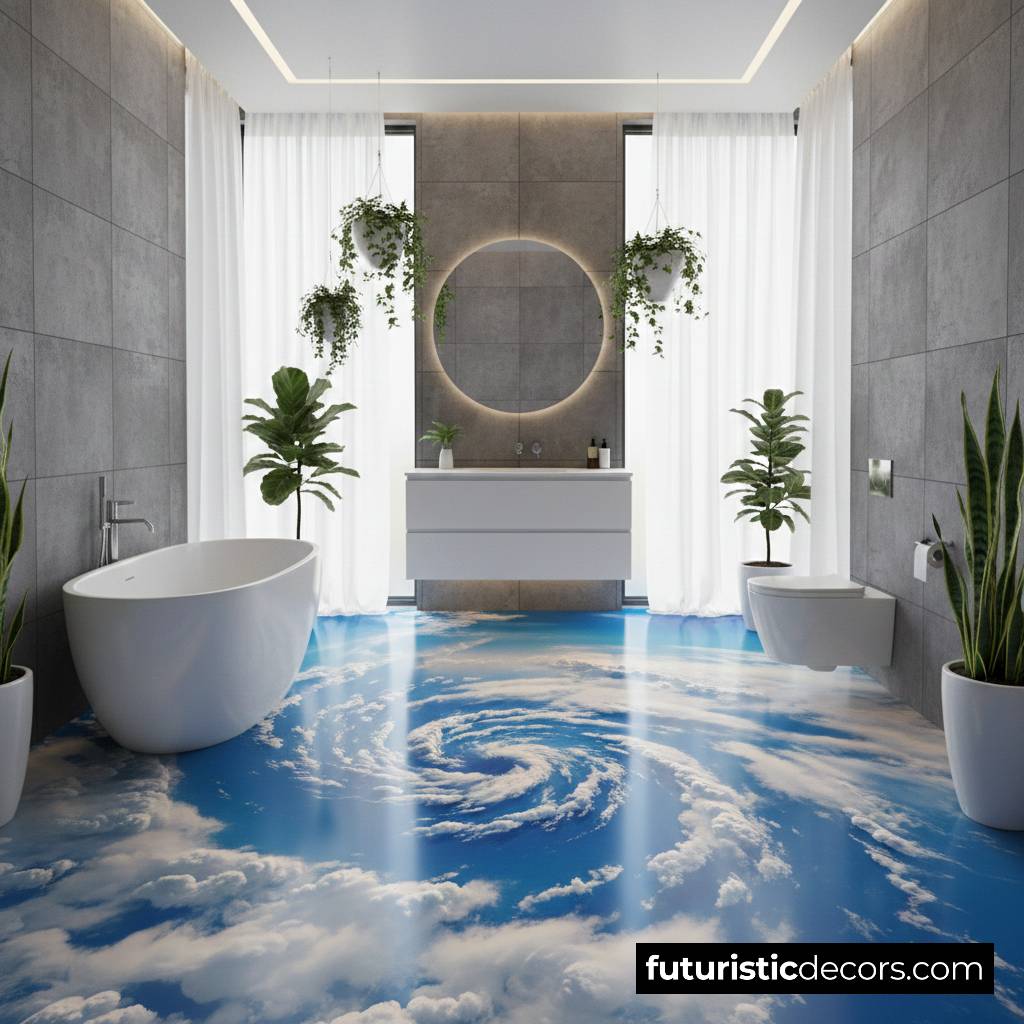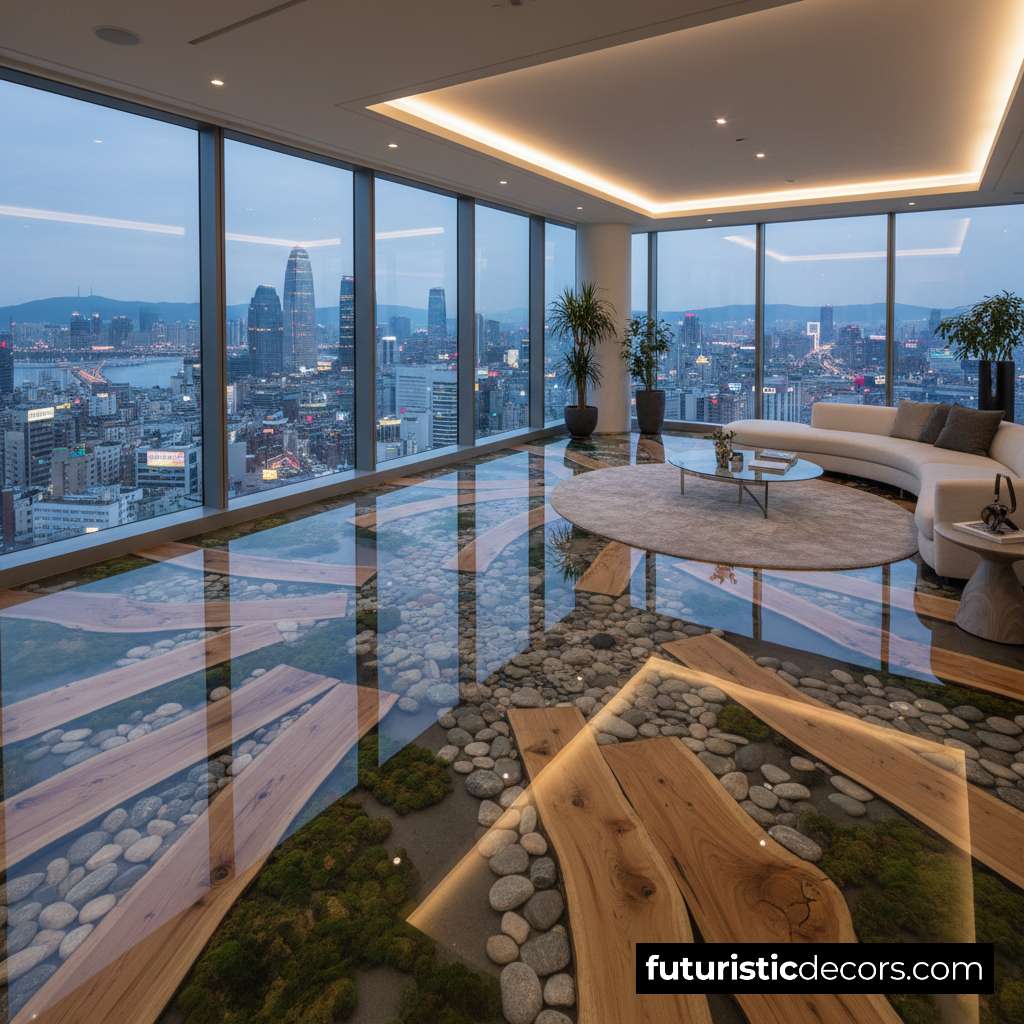Gardens are living canvases where nature and design merge to create spaces of wonder and serenity. Among the many creative landscaping ideas available today, the Butterfly Walking Path stands out as a breathtaking fusion of art, technology, and sustainability. Imagine stepping onto a garden walkway crafted from vibrant stained-glass butterflies that soak up sunlight by day and glow in a kaleidoscope of colors by night—all thanks to integrated solar panels. This article delves into every aspect of planning, constructing, and maintaining your own Butterfly Walking Path, guiding you to create an enchanting outdoor experience that delights the senses while honoring eco-friendly principles.
The Allure of a Butterfly Walking Path
When envisioning a garden path, most people imagine plain stone pavers or simple gravel. By contrast, a Butterfly Walking Path is an immersive artistic installation. Each stained-glass piece resembles a butterfly in mid-flight, representing transformation and renewal—universal themes that resonate deeply in a garden setting.
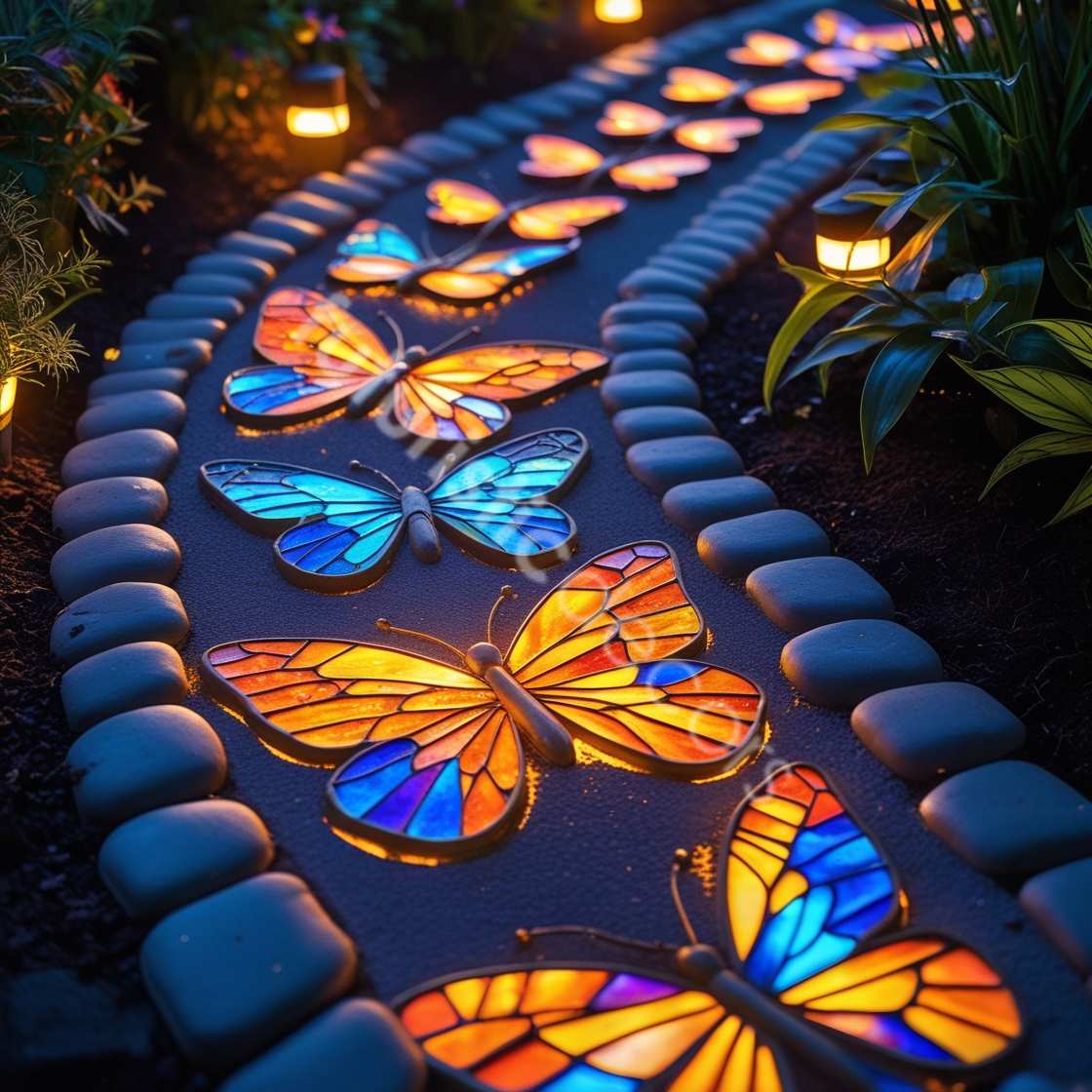
As sunlight filters through the colored glass, it casts dynamic patterns on the surrounding foliage, creating a sense of movement even when you stand still. In the evening, built-in solar LED fixtures bring each “butterfly” to life, bathing the walkway in soft, enchanting hues. The result is a captivating juxtaposition of natural beauty and human creativity—a living artwork that evolves from sunrise to starlight.
Why Solar-Powered Illumination?
Traditional garden lighting often relies on buried electrical cables, which can be expensive, labor-intensive, and disruptive to existing landscaping. Solar-powered solutions eliminate these drawbacks:
- No trenching required: Solar panels mounted on the glass units harvest sunlight without extensive wiring.
- Energy efficiency: Daytime charging ensures that each panel collects and stores enough power to illuminate the path after dusk.
- Low maintenance: Quality solar components can last for years with minimal servicing, saving time and resources.
- Environmental stewardship: Harnessing renewable energy reduces your garden’s carbon footprint, aligning the Butterfly Walking Path with sustainable gardening principles.
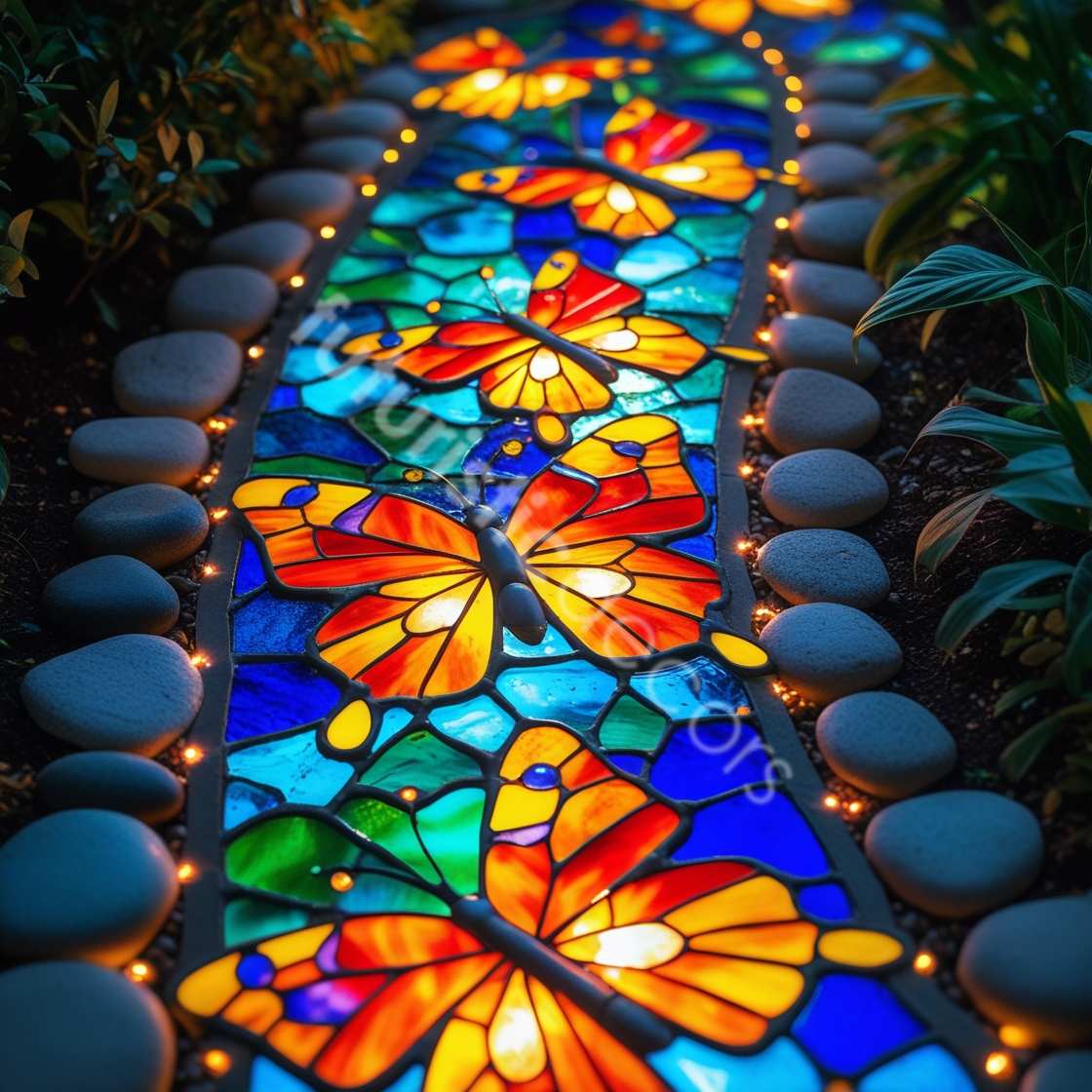
By integrating photovoltaic technology into each stained-glass “wing,” you create a self-sufficient installation that enhances both aesthetics and eco-consciousness.
Conceptualizing Your Butterfly Walking Path
Embarking on this project begins with thoughtful planning. Consider the following questions:
- Path layout: Straight, curved, or meandering? Soft curves can lend a whimsical feel, while straight lines convey contemporary elegance.
- Butterfly scale: Will each stained-glass unit be a life-sized butterfly (6–8 inches across), or will you opt for miniature versions?
- Color palette: Monochromatic themes (e.g., all blues and purples) create cohesion, whereas a rainbow of hues offers a playful ambiance.
- Integration with existing features: How will the path connect to patios, water features, or garden beds? Seamless transitions are key to a polished look.
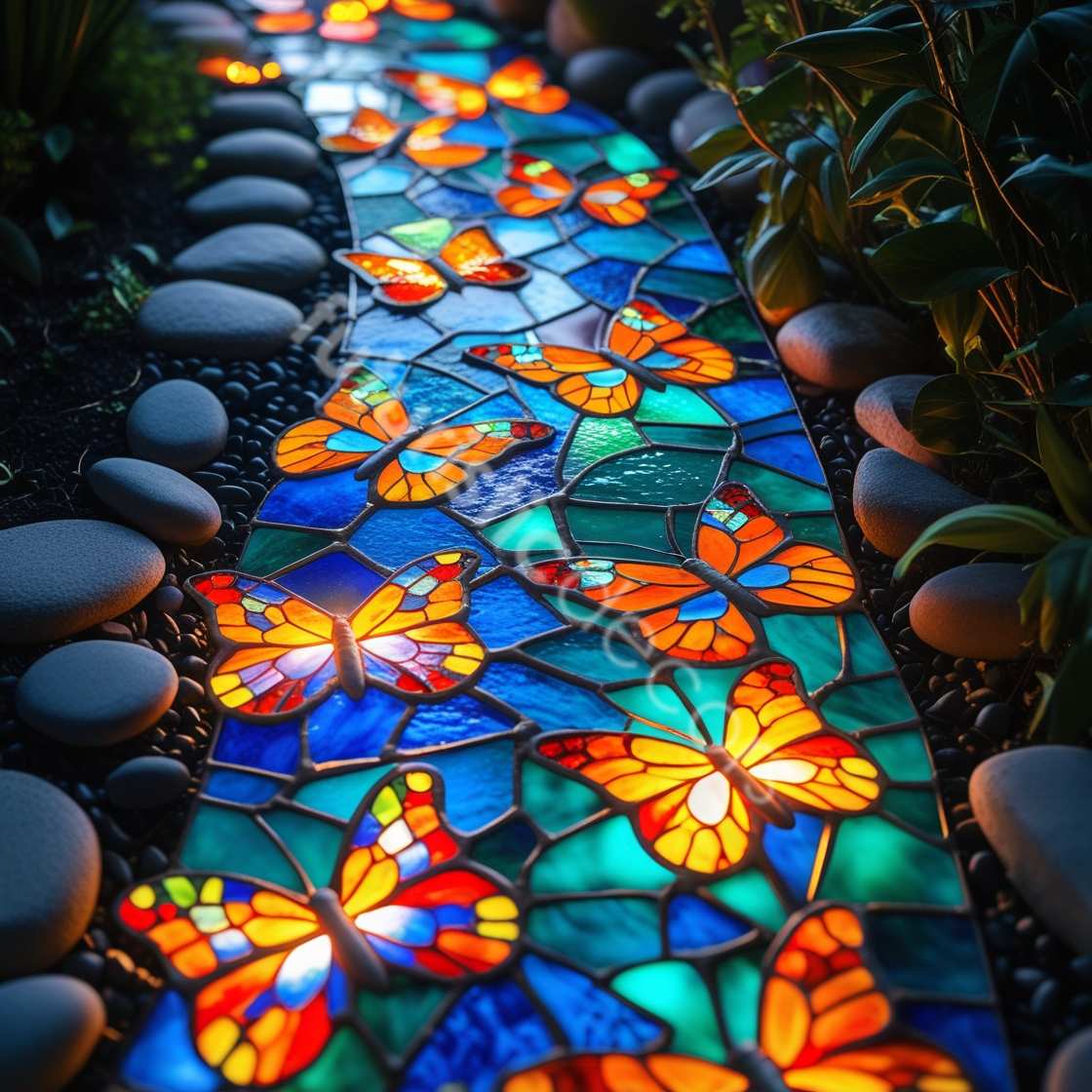
Sketch your layout on graph paper or use garden-design software. Mark where each solar-glass butterfly will sit, ensuring that none are shaded for extended periods in daylight—adequate sun exposure is essential for optimal charging.
Gathering Materials and Tools: Butterfly Walking Path
To build a Butterfly Walking Path, you’ll need the following:
| Item | Purpose |
|---|---|
| Pre-cut stained-glass butterfly panels | Primary decorative elements |
| Miniature solar panels (3–5V rated) | Power source for nighttime illumination |
| Waterproof LED emitters | Light fixtures integrated into glass units |
| UV-resistant epoxy resin | To encapsulate electronics and protect glass |
| Concrete paver base stones (optional) | Stable footing beneath glass panels |
| Outdoor-rated wiring (if needed) | For linking multiple LEDs (optional) |
| Landscape adhesive or mortar | To secure panels in place |
| Protective gloves and goggles | Safety during glass handling |
| Silicone sealant | Weatherproofing electrical connections |
| Shovel, trowel, level | Basic landscaping tools |
Select materials rated for outdoor use. High-quality stained glass and solar components will resist fading, cracking, or corrosion over time.
Step-By-Step Installation Guide: Butterfly Walking Path
Step 1: Prepare the Base
Clear the designated walkway area of debris, grass, and roots. Excavate to a depth of approximately 3–4 inches, ensuring a level surface. For improved durability, lay down a compacted gravel or sand base before adding paver stones or mortar.
Step 2: Position Support Stones
Arrange concrete or natural stone pavers as a sturdy platform for each glass butterfly. These serve as anchor points, distributing weight and preventing shifting.

Step 3: Mount Solar-Glass Units
- Place a small dollop of landscape adhesive on the support stone.
- Gently set the stained-glass butterfly onto the adhesive.
- Adjust orientation so that the solar panel faces skyward unobstructed by foliage.
- Use a level to confirm the glass lies flush with adjacent pavers.
Step 4: Seal Electronics
Once the adhesive cures (per manufacturer instructions), encapsulate the LED and solar connections with UV-resistant epoxy. This step prevents water ingress and preserves electrical integrity.
Step 5: Finish Grouting (Optional)
If you prefer continuous grout lines between panels, mix outdoor-rated mortar and apply between stones, taking care not to cover the glass surfaces. Smooth with a trowel and remove excess before it sets.
Step 6: Charge and Test
Allow panels to charge in direct sunlight for 6–8 hours. After dusk, verify that each butterfly illuminates consistently. Tweak angles or clean panel surfaces if brightness is insufficient.
Customizing Stained-Glass Patterns
One of the joys of creating a Butterfly Walking Path is personalization. Consider these customization ideas:
Intricate veining: Employ lead-came or copper foil techniques to highlight wing details.
Textured glass: Mix smooth and rippled pieces for dynamic light refraction.
Mixed motifs: Interspace dragonflies, leaves, or floral designs for eclectic flair.
Engraving: Etch names, dates, or inspirational quotes into clear sections of the glass.
For DIY enthusiasts, stained-glass kits allow for hands-on assembly. Professional artisans can craft bespoke panels, ensuring vivid coloration and precise shapes.
Integrating Solar Technology Seamlessly
For a truly cohesive design, the solar components should feel invisible:
Slimline panels: Choose ultrathin, amorphous silicon panels that conform to the glass shape.
Color-matched backing: Paint or laminate panel backsides to blend with the stained-glass motif.
Hidden wiring: If connecting multiple units, bury low-voltage wiring beneath the base stones, using conduit to protect against moisture.
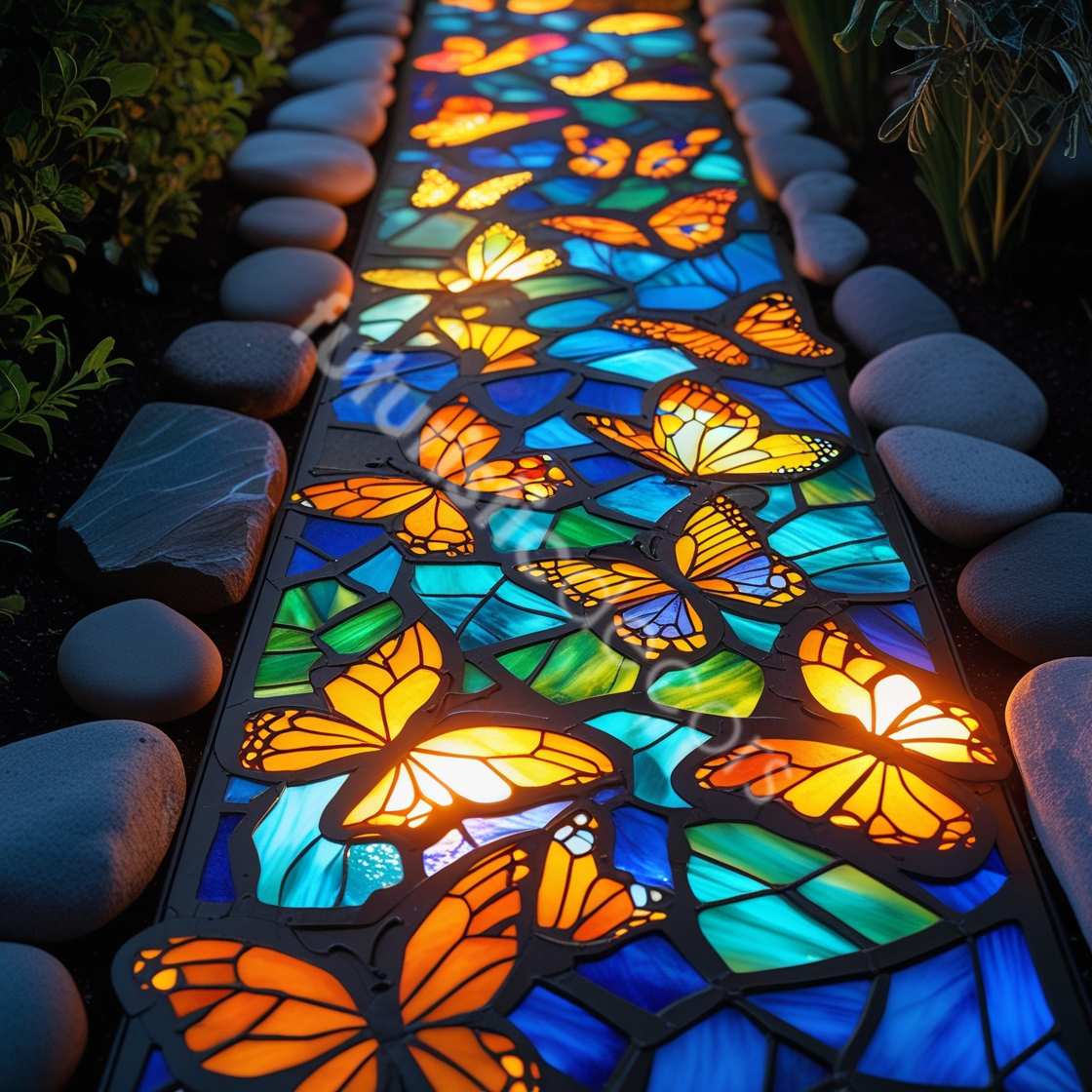
Advanced installations can feature smartphone-controlled LEDs, allowing you to adjust brightness and color temperature remotely. This added layer of interactivity transforms the Butterfly Walking Path into a dynamic performance space for evening entertaining.
Maintenance and Seasonal Care: Butterfly Walking Path
A well-constructed Butterfly Walking Path demands minimal upkeep, but regular attention ensures longevity:
Monthly cleaning: Wipe glass surfaces with a gentle, non-abrasive cleanser to remove pollen and dust.
Winter protection: In regions with freezing temperatures, cover or temporarily remove glass panels to prevent cracking.
Battery replacement: After 3–5 years, rechargeable cells may hold less charge; swap them out using the sealed epoxy’s access points.
Inspect sealants: Reapply silicone or epoxy if you notice any moisture intrusion around LEDs or solar junctions.
Routine care preserves both visual brilliance and functional performance.
Safety and Accessibility Considerations
Creating a beautiful walkway should never compromise safety:
- Non-slip surfaces: Apply a clear anti-skid coating to glass units in high-traffic areas, especially where moisture accumulates.
- Edge protection: Round off or chamfer the edges of support stones to prevent trip hazards.
- ADA compliance: Ensure path width, gradient, and clearance adhere to accessibility guidelines if public use is intended.
- Electrical safety: Verify that all wiring and connections meet local outdoor electrical codes, even though solar systems operate at low voltage.
By prioritizing user safety, the Butterfly Walking Path becomes a welcoming feature for guests of all ages.
Inspiring Design Variations: Butterfly Walking Path
Beyond the classic butterfly motif, consider these thematic twists:
- Monarch Elegance: Deep oranges and blacks evoke the regal monarch butterfly—ideal for formal gardens.
- Glass Garden Mural: Arrange butterflies in evolving gradients that mimic flight patterns across the path.
- Nocturnal Fantasy: Use phosphorescent glass powders for additional glow-in-the-dark effects after LED lights fade.
- Waterway Integration: Build a shallow, flowing water feature beneath glass panels, creating rippling reflections.
Each variation offers a fresh way to interpret the Butterfly Walking Path, ensuring that no two installations look alike.
Eco-Friendly Impact and Benefits
By choosing a Butterfly Walking Path, you contribute positively to the environment:
- Pollinator awareness: The butterfly imagery can spark conversations about real-world pollinator conservation.
- Energy conservation: Solar independence reduces reliance on grid power, cutting energy bills.
- Recycled materials: Select reclaimed glass or upcycled solar panels to further reduce your ecological footprint.
- Biophilic design: Incorporating natural motifs enhances psychological well-being, fostering deeper connections to the outdoors.
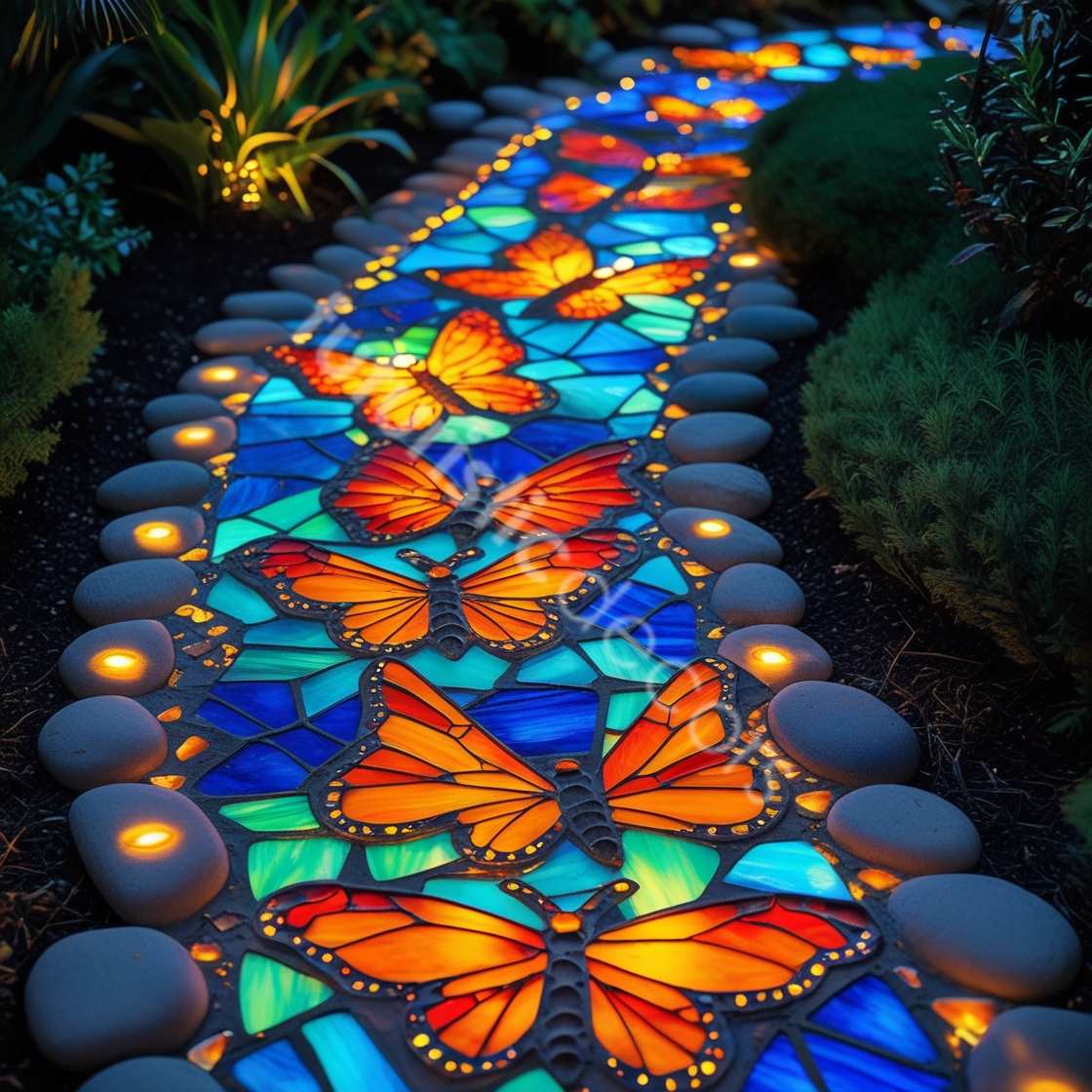
This project transcends mere decoration—it becomes a statement of environmental stewardship.
Case Studies: Real-Life Installations
The Meadowcrest Botanical Garden, Oregon
Landscape artist Lena Ortiz transformed a neglected walkway into a Butterfly Walking Path featuring over 150 custom glass panels. Visitors reported a 40% increase in evening foot traffic, with many praising the path’s whimsical glow during community events.
Private Residence, Cornwall, UK
Homeowner Mark Davies installed a solar-glass path leading from his patio to an organic vegetable garden. By layering butterflies in warm amber tones, he created a golden pathway that seamlessly integrated with the country cottage’s rustic charm.
These examples highlight the versatility and broad appeal of the Butterfly Walking Path concept.
Frequently Asked Questions: Butterfly Walking Path
Q: How much does a solar-glass butterfly unit cost?
A: Depending on size and craftsmanship, expect prices between $50 and $150 per panel, inclusive of LEDs and solar cells.
Q: Can I install panels on uneven terrain?
A: Yes—using adjustable mounting bases or sand-set stones allows you to level each unit individually.
Q: What is the lifespan of solar LEDs?
A: Quality LEDs typically last 20,000–50,000 hours; rechargeable battery packs may require replacement every 3–5 years.
Budget Planning and Cost Breakdown
Embarking on a Butterfly Walking Path project requires a clear understanding of the financial investment involved. While the aesthetic and experiential rewards are immeasurable, prudent budgeting ensures you stay on track without sacrificing quality.
| Expense Category | Estimated Cost Range (USD) |
|---|---|
| Stained-Glass Panels (per unit) | $50 – $150 |
| Mini Solar Panels (per unit) | $10 – $25 |
| LED Light Emitters (per unit) | $5 – $15 |
| Epoxy & Sealants | $30 – $60 |
| Base Stones / Pavers | $2 – $10 each |
| Landscape Adhesive & Mortar | $40 – $80 |
| Tools & Safety Gear | $50 – $100 |
| Professional Labor (optional) | $40 – $80 per hour |
| Total for 20 Units | $1,400 – $3,800+ |
DIY Approach: If you already own basic landscaping tools and commit to hands-on assembly, you can keep costs toward the lower end of each range.
Professional Installation: Hiring a specialist to handle site prep, precise glass mounting, and electrical sealing typically adds 25–35% to the material costs but guarantees perfect execution.
Refer to buy similar products: Click here
By mapping out each line item in advance, you can tailor the Butterfly Walking Path to your desired budget without unwelcome surprises.
DIY vs. Professional Installation: Butterfly Walking Path
Deciding between a do-it-yourself project and engaging professional installers hinges on your comfort level, time availability, and design complexity.
DIY Advantages
- Cost Savings: Labor is the largest variable; DIY eliminates hourly installation fees.
- Creative Control: You dictate every detail—from panel positioning to grout color—ensuring your Butterfly Walking Path truly reflects your vision.
- Skill Building: Tackling stained-glass techniques and solar wiring deepens your craftsmanship and can fuel future projects.
DIY Challenges
- Time Commitment: Expect 2–3 weekends for a moderate-sized path; intricate mosaics may take longer.
- Steep Learning Curve: Mastering glass cutting, epoxy sealing, and landscape leveling requires patience and practice.
- Risk of Errors: Misaligned panels or insufficient sealant can lead to uneven lighting or water damage.

Professional Installation Advantages
- Efficiency: Experienced landscapers and artisans execute the project in days, not weeks.
- Warranty & Support: Many pros guarantee their work, offering repairs if components fail prematurely.
- Code Compliance: Licensed contractors ensure all electrical and building codes are met, safeguarding your investment.
Professional Installation Considerations
- Higher Upfront Cost: Labor can account for 30–50% of total expenses.
- Less Hands-On Involvement: If you enjoy the creative process, outsourcing may feel less personal.
Ultimately, your choice should align with both your budget and your enthusiasm for hands-on creation. Many homeowners adopt a hybrid approach—handling basic landscaping themselves while hiring experts for the stained-glass and electrical work.
Hosting Events and Community Engagement
A Butterfly Walking Path isn’t just a private delight; it can become a focal point for gatherings and community activities:
- Garden Tours: Invite neighbors for a twilight walk, highlighting the path’s color transitions and the science of solar illumination.
- Art Workshops: Partner with local artists to lead stained-glass butterfly–making sessions. Participants can design panels that eventually become part of the path or a companion installation.
- Fundraisers: Use the path as a draw for charity events—sell tickets to “moonlit strolls” where guests enjoy light refreshments and ambient music along your glowing walkway.
- Seasonal Celebrations: During spring, coordinate a “Butterfly Awakening” event timed with the emergence of real monarchs in your garden. In autumn, host a “Harvest Glow” evening with pumpkin-carved lanterns complementing your solar-lit butterflies.
By opening your Butterfly Walking Path to the community, you transform a private design statement into a shared source of inspiration.
Seasonal Adaptations and Enhancements: Butterfly Walking Path
A truly dynamic Butterfly Walking Path evolves with the seasons:
Spring Renewal
Plant butterfly-attracting flowers—such as milkweed, lavender, and asters—alongside your path to draw real pollinators.
Replace muted glass panels with pastel-hued butterflies to echo blooming bulbs.
Summer Splendor
Add motion-activated sprinklers that mist the glass surfaces, creating shimmering rainbows in sunlight.
Interweave solar fairy lights in bordering hedges for an immersive, celestial atmosphere.
Autumn Warmth
Swap out panels for deeper, amber-toned butterflies that complement falling leaves.
Place carved gourds or lanterns intermittently to bridge the gap between natural and artificial light.
Winter Illumination
If frost is light, leave panels in place and observe the ice-frosted butterflies glowing against bare branches.
In heavy-freeze regions, temporarily remove panels, display them indoors as a lighted installation under a glass coffee table or in a sunroom.
Seasonal styling keeps the Butterfly Walking Path feeling fresh year after year, encouraging repeated enjoyment and new design experiments.
Inspiring Client Testimonials
“Walking home after dark feels like stepping into a fairy tale. The Butterfly Walking Path has completely transformed my backyard into an enchanted retreat. Every guest asks when we’ll host the next garden party!”
— Samantha Lee, Portland, OR
“As a landscape designer, I’ve installed countless walkways, but nothing captures clients’ imaginations like these glowing glass butterflies. We’ve doubled our referrals since adding this feature to our portfolio.”
— Javier Morales, UrbanScape Designs
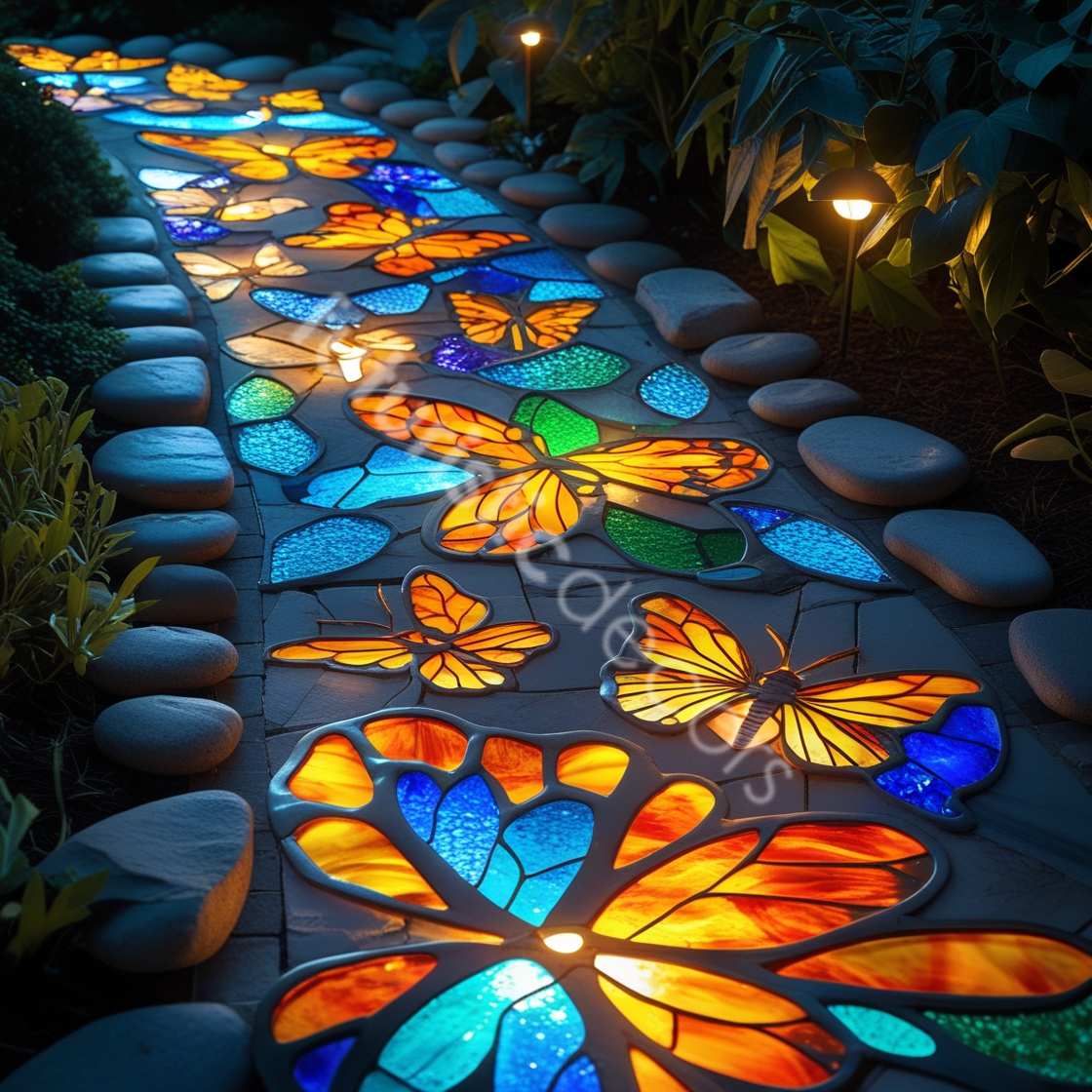
Real-world feedback underscores the emotional impact and business potential of the Butterfly Walking Path.
Troubleshooting Common Issues: Butterfly Walking Path
Even the most meticulously planned projects can encounter glitches. Here’s how to address them:
Dim or Flickering LEDs
Cause: Dirty solar panel surface, aged batteries, or loose connections.
Solution: Clean panels monthly, replace rechargeable cells every 3–5 years, and check sealant integrity around wiring.
Uneven Panel Alignment
Cause: Shifting base stones or settling soil.
Solution: Reset panels on level pavers with fresh adhesive; tamp surrounding soil to prevent additional movement.
Glass Cracks in Cold Weather
Cause: Freeze–thaw cycles in regions with harsh winters.
Solution: Use tempered glass rated for low temperatures or temporarily remove panels before winter.
Timely troubleshooting preserves both function and beauty, ensuring your Butterfly Walking Path remains a source of enjoyment year-round.
Environmental and Cultural Significance
Butterflies symbolize transformation, hope, and renewal across cultures. Incorporating them into a Butterfly Walking Path weaves layers of meaning into your landscape:
- Cultural Resonance: In Japanese tradition, butterflies represent the soul; in Native American lore, they signal change and joy.
- Educational Value: Complement the path with interpretive signage about local butterfly species and habitat conservation.
- Conservation Connection: Donate a portion of your project fees to butterfly habitat restoration programs, reinforcing your commitment to the environment.
By embedding cultural narratives and conservation efforts, your Butterfly Walking Path transcends mere décor—it becomes a living testament to nature’s resilience and beauty.
Conclusion: Embrace the Magic of Light and Color
A Butterfly Walking Path elevates any garden from the ordinary to the extraordinary, marrying artistic expression with sustainable innovation. Whether you seek a tranquil sanctuary, a festive gathering spot, or an eco-conscious statement piece, this project offers endless possibilities for personalization. By following the guidelines and tips outlined above, you’ll create a living, breathing installation that charms by day and mesmerizes by moonlight. Transform your outdoor space today with the radiant beauty of stained-glass butterflies—and let your garden take flight.
The Butterfly Walking Path is more than an illuminated walkway; it’s an immersive celebration of art, technology, and the natural world. Whether you’re enhancing personal tranquility, cultivating community engagement, or elevating your professional landscape portfolio, this project offers limitless opportunities for creative expression. By thoughtfully planning, responsibly sourcing materials, and embracing both DIY passion and professional expertise, you’ll craft a truly magical outdoor environment. Let every step along your solar-powered stained-glass butterflies be a reminder that with creativity and sustainability in harmony, even the simplest garden path can become a transformative work of art.


